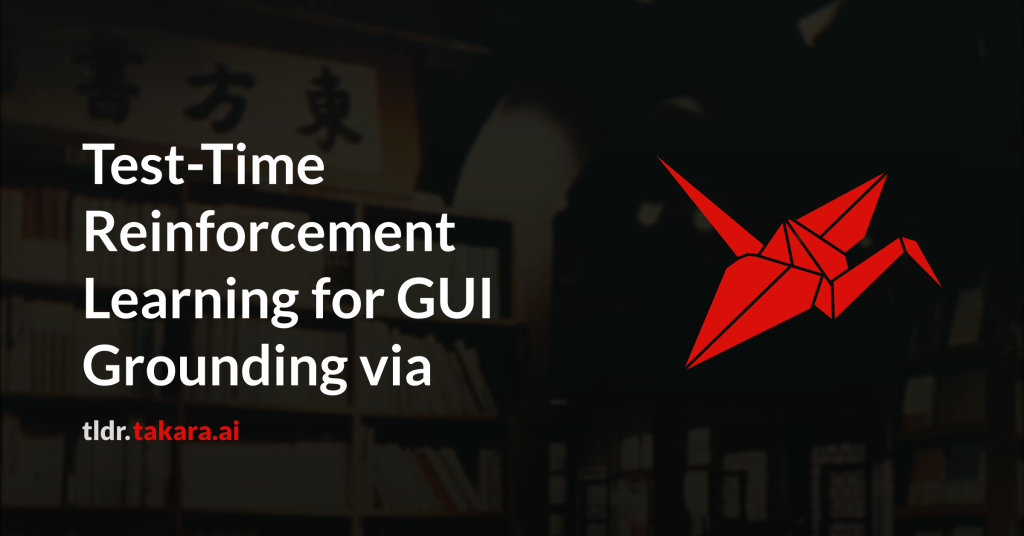Graphical User Interface (GUI) grounding, the task of mapping natural
language instructions to precise screen coordinates, is fundamental to
autonomous GUI agents. While existing methods achieve strong performance
through extensive supervised training or reinforcement learning with labeled
rewards, they remain constrained by the cost and availability of pixel-level
annotations. We observe that when models generate multiple predictions for the
same GUI element, the spatial overlap patterns reveal implicit confidence
signals that can guide more accurate localization. Leveraging this insight, we
propose GUI-RC (Region Consistency), a test-time scaling method that constructs
spatial voting grids from multiple sampled predictions to identify consensus
regions where models show highest agreement. Without any training, GUI-RC
improves accuracy by 2-3% across various architectures on ScreenSpot
benchmarks. We further introduce GUI-RCPO (Region Consistency Policy
Optimization), which transforms these consistency patterns into rewards for
test-time reinforcement learning. By computing how well each prediction aligns
with the collective consensus, GUI-RCPO enables models to iteratively refine
their outputs on unlabeled data during inference. Extensive experiments
demonstrate the generality of our approach: GUI-RC boosts
Qwen2.5-VL-3B-Instruct from 80.11% to 83.57% on ScreenSpot-v2, while GUI-RCPO
further improves it to 85.14% through self-supervised optimization. Our
approach reveals the untapped potential of test-time scaling and test-time
reinforcement learning for GUI grounding, offering a promising path toward more
robust and data-efficient GUI agents.

